Medical devices
search
news
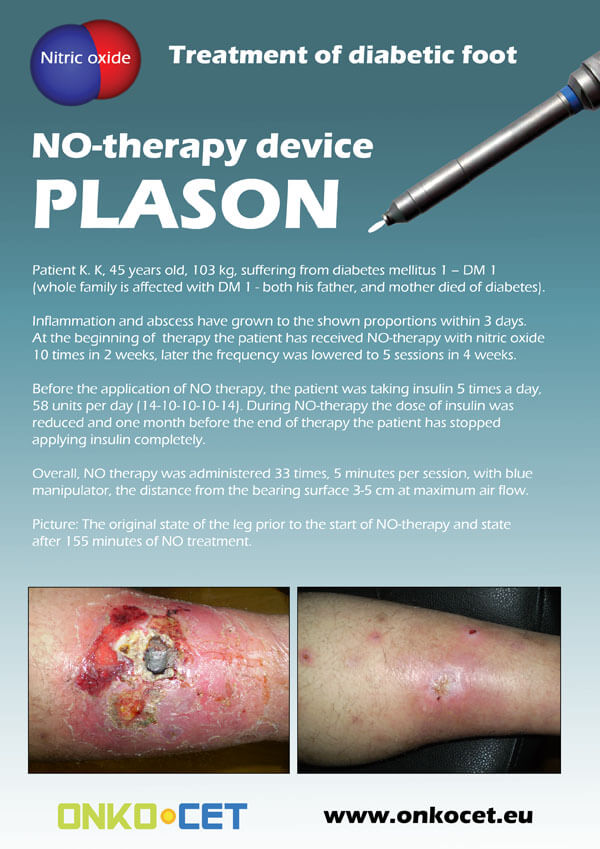
The PDF with the short report with pictures from the therapy of a diabetic foot can be viewed or downloaded here.
The pictures from the treatment of unhealing wounds an be found here:
http://www.onkocet.eu/en/produkty-detail/220/1/
The pictures from the treatment of unhealing wounds an be found here:
http://www.onkocet.eu/en/produkty-detail/293/1/
ONKOCET Ltd. has exhibited the devices from its portfolio on the MEDTEC UK exhibition in Birmingham, April 2011 through our partner Medical & Partners.
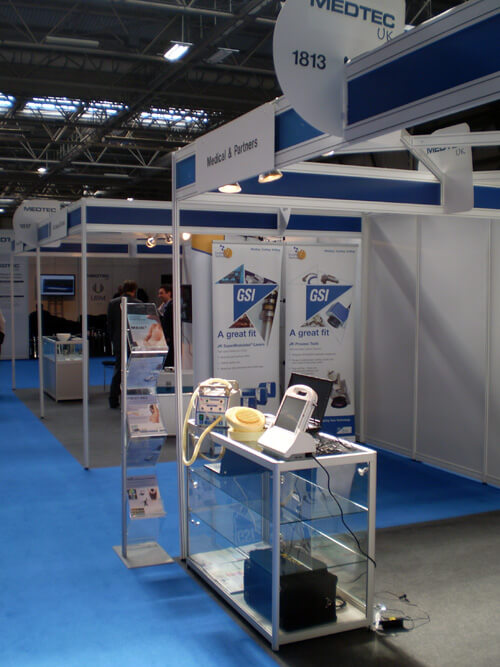
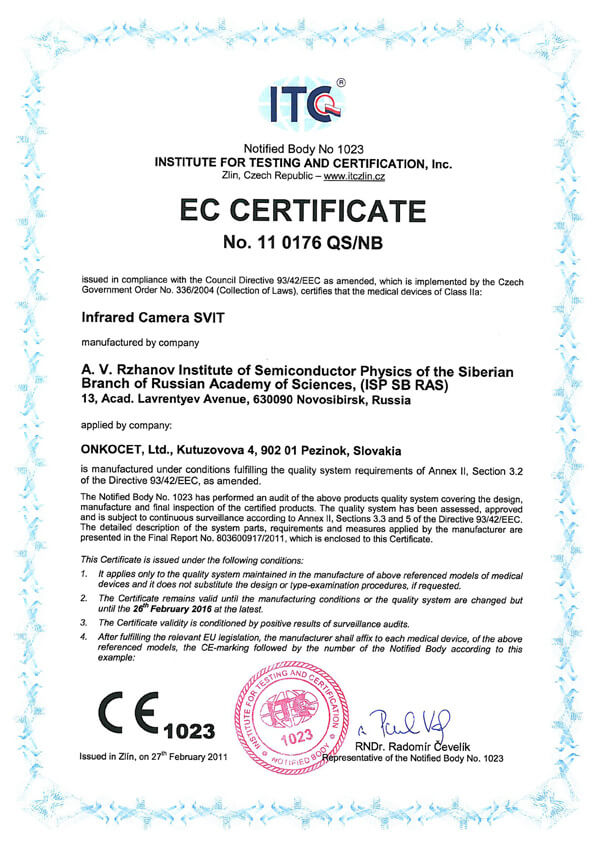 The ONKOCET company has successfully reached the certification of yet another medical device, Infrared Camera SVIT. The Certificate can be found here. The videos from the device operation can be found here.
The ONKOCET company has successfully reached the certification of yet another medical device, Infrared Camera SVIT. The Certificate can be found here. The videos from the device operation can be found here.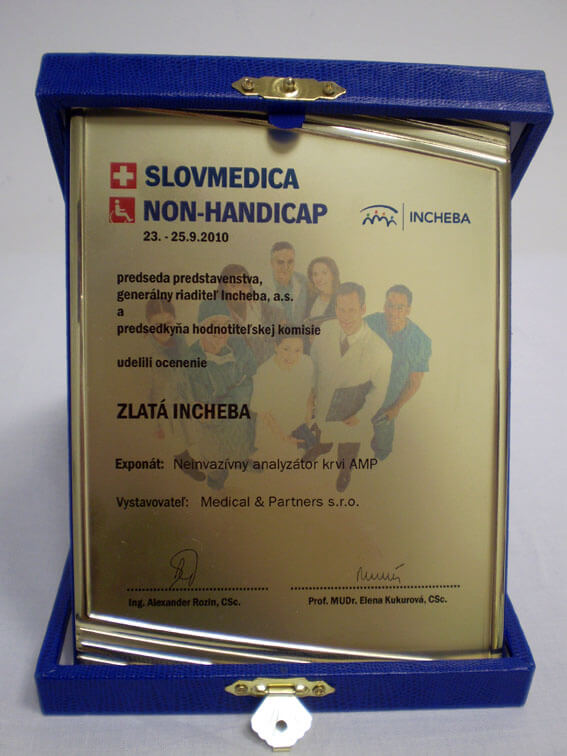 Our device, the non-invasive blood analyzer AMP has won the Golden Incheba prize at a medical exhibition SLOVMEDICA - NON-HANDICAP 2010. A big thank you goes to the organizers of the exhibition for acknowledging the quality of our device and to the exhibitor, the Medical & Partners company, for introduction of the AMP device to the medical public again.
Our device, the non-invasive blood analyzer AMP has won the Golden Incheba prize at a medical exhibition SLOVMEDICA - NON-HANDICAP 2010. A big thank you goes to the organizers of the exhibition for acknowledging the quality of our device and to the exhibitor, the Medical & Partners company, for introduction of the AMP device to the medical public again.We are pleased to inform our business partners, that our company has succesfully finished the certification process of Concor Soft Contact Lenses.
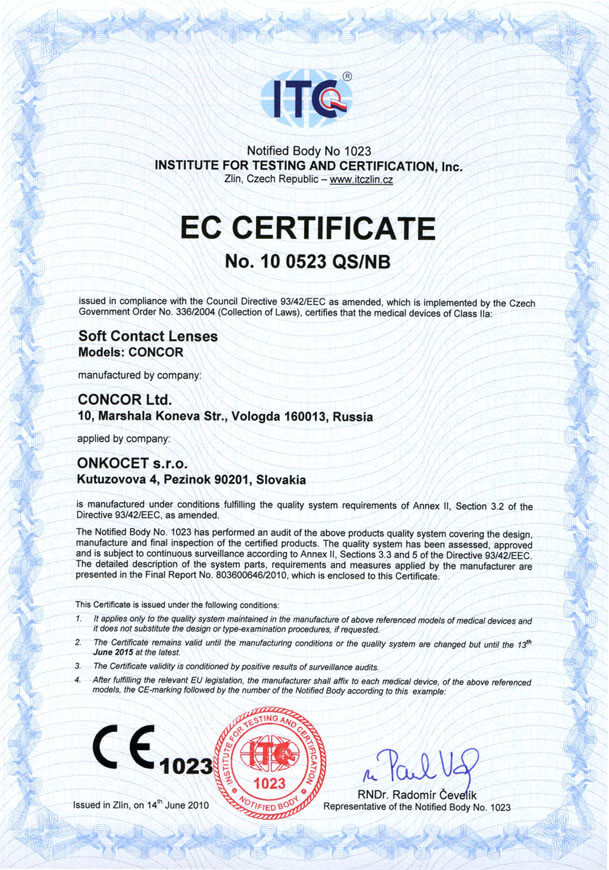 You can find the certificate here.
You can find the certificate here.More information on Concor Soft Contact Lenses go to section Medical preparations/Concor soft contact lenses, or follow this link.
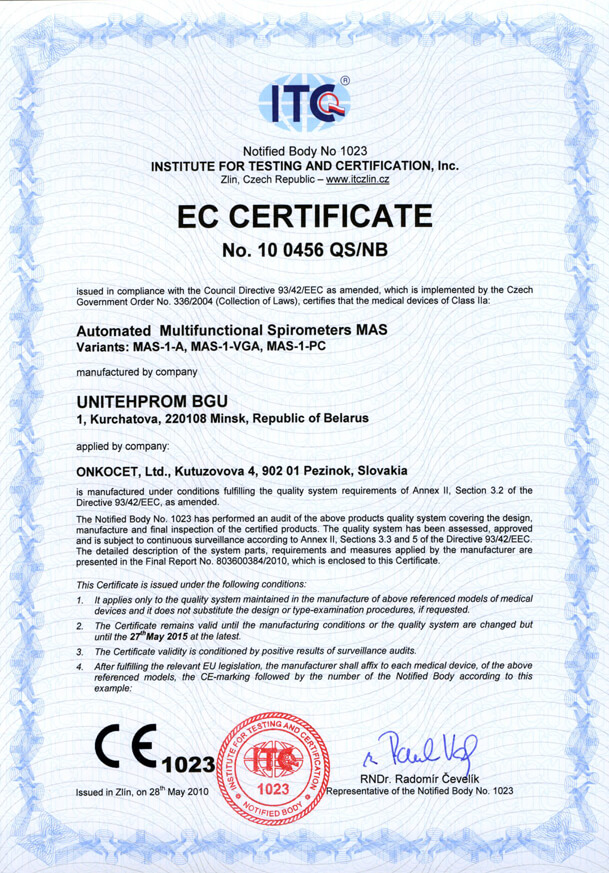 Our company has finished the certification process for another medical device, computerized spirometer MAS-1K with oximeter. You can find the device certificate here.
Our company has finished the certification process for another medical device, computerized spirometer MAS-1K with oximeter. You can find the device certificate here..jpg) Since May 2010 there is a new version of AMP device available.
Since May 2010 there is a new version of AMP device available.Follow this link if you want to see the pictures and specifications of the device.
http://www.onkocet.eu/en/produkty-detail/293/1/
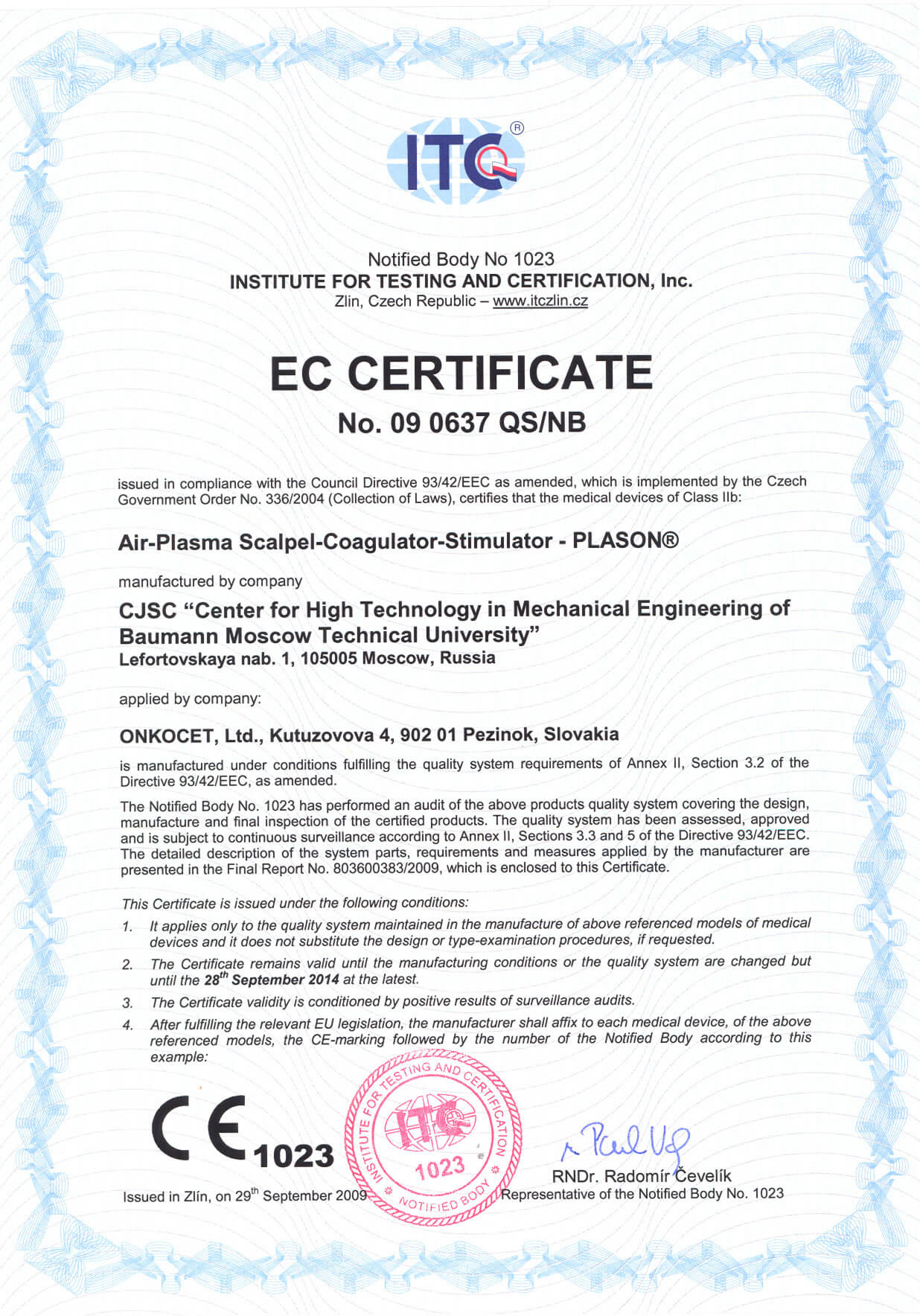 Dear partners,
Dear partners, In October 2009 we have received CE certificate for another device from our portfolio, NO therapeutical device PLASON. You can find more information about this revolutionary device, used for healing of unhealing wounds, diabetic foot, or for cosmetical purposes, at our webpage, section "Medical devices" -> PLASON-NO Therapy.
.gif)
Best regards
Team of ONKOCET Ltd. company
Volumetric compression oscillography EDTV®
Volumetric compression oscillography by EDTV®
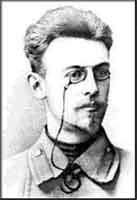 One hundred years ago on Nov. 8, 1905, the 31-year-old surgeon Nokolai Sergeevich Korotkoff, working in the clinic of Professor Sergei P. Fedorov, made a presentation at a scientific seminar of the Imperial Military Medical Academy in St. Petersburg, Russia. He described to an astonished audience a new method of measuring systolic and diastolic blood pressure.
One hundred years ago on Nov. 8, 1905, the 31-year-old surgeon Nokolai Sergeevich Korotkoff, working in the clinic of Professor Sergei P. Fedorov, made a presentation at a scientific seminar of the Imperial Military Medical Academy in St. Petersburg, Russia. He described to an astonished audience a new method of measuring systolic and diastolic blood pressure.
Figure 1. Nikolai Sergeevich Korotkoff. (Photograph courtesy of The Russian Military Medical Academy, Saint Petersburg, Russia.)
Korotkoff's discovery originated from the observation that in wounded soldiers certain sounds could be auscultated during gradual decompression of the arteries. As a surgeon, Korotkoff was interested in predicting the outcome in a traumatized limb after ligation of arteries, which obviously depended on the collateral circulation.
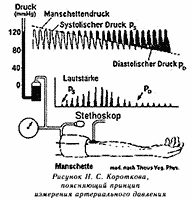
Figure 2. Schema for measurement of Korotkoff`s sounds
He therefore systematically auscultated the arteries in his patients and thereby coincidentally discovered what is now known as the Korotkoff sounds. In his subsequent experiments this apparatus by simultaneously palpating the radial artery, thereby not being able to provide information about diastolic pressure.
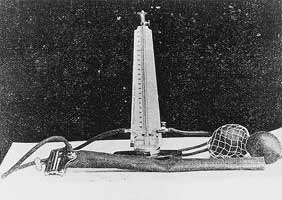
Figure 3. Riva-Rocci sphygmomanometer used by Korotkoff in his measurements (from Korotkoff's dissertation 2). The length of the cuff was approximately 1 2 arshin (35.56 cm) and the width was at least 21 2 to 3 inches (6.35 to 7.62 cm).
Today, exactly one full century later, thousands of physicians, nurses, medical assistants and patients all over the globe continue to listen by stethoscope to the Korotkoff sounds in the br useful clinical tool to gather this information.
Even the myriad electronic and digital instruments that have been developed over the past decade to monitor blood pressure work simply by listening to the Korotkoff sounds.
Also known in the art presently is a tacho-oscillographic method for measuring arterial pressure developed by N. N. Savitski as disclosed in his monography entitled "Biophysical fundamentals of circulation and clinical methods for study of hemodynamics", 1974, Leningrad, Meditsina Publishers, pp. 141-150 (in Russian). The method is also based on measurement changes in the volume of the patient's limb vessel being examined, which changes are liable to occur under the effect of throbbing blood stream flow along the major blood vessels. The method is capable of measuring the diastolic, mean dynamic, lateral systolic, and end systolic arterial pressure in the major blood vessel of the limb to which a measuring vessel-constricting cuff is applied. The arterial pressure parameters are determined while the pressure in the cuff is being raised, since it is considered that in this case linearity of pressure variation can be ensured more readily. The measuring system for registering tacho-oscillograms comprises pneumatic and electronic units. Used as a converter is a differential air pressure gauge, and the curve is recorded on a photographic paper.

